The £25,000 Tesla is already here: this is how to buy a good one
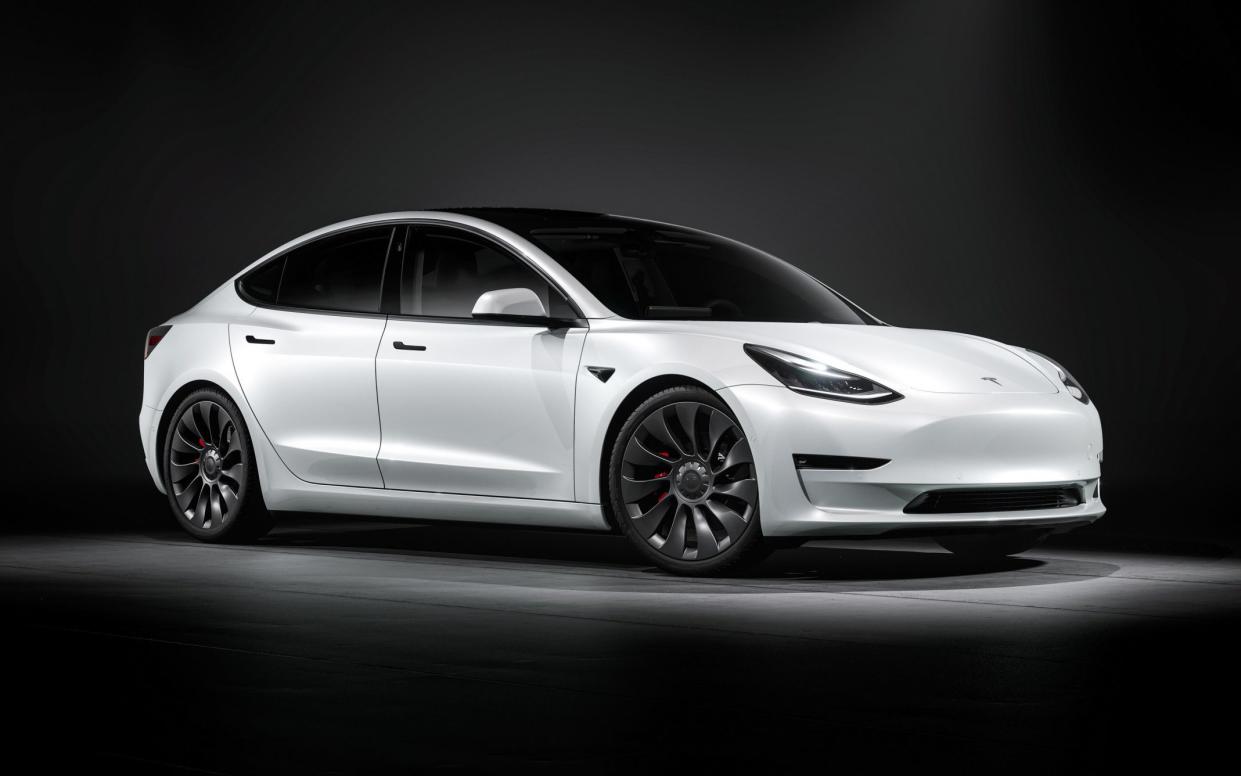
We’ve been waiting for Elon Musk to reveal details of Tesla’s new entry-level model; at the company’s recent investor day he came tantalisingly close. However, we’ll have to wait a while before further details of the much-vaunted car, which is set to rival the Volkswagen ID.3, are made public – and that means it’ll be longer still before you can buy one.
But if you have been hankering after a cheap Tesla, you don’t have to wait for the new model as there are plenty of good cars on the used market for only £25,000.
That’s right, for the same sort of money as the newcomer you can already buy an example of the company’s highly-regarded Model 3 or Model S, which is no bad thing given that they’re bigger and likely to be better equipped than the widely anticipated “cheap” Tesla.
Too good to be true? Buy carefully and you can still get a very good, worthwhile used Tesla; here’s how.
Pros
Long range
Easy, fast charging
Over-the-air software updates
Cons
Quality and reliability issues
Firm over bumps
Some heavily-used examples
On the road
There’s a great deal of similarity in the way the Model 3 and Model S drive. Both have a fairly firm ride quality (unless you go for a 2017-onwards Model S with air suspension), and both handle tidily, with excellent roadholding and grip, albeit not much feel.
In both cars, the interior is dominated by a large flat-panel touchscreen that controls most of the main functions; in the Model S, this is portrait orientation and flanked by two air vents (until 2021, when it was changed to a landscape orientation), with a separate display for information about the car, including speed, range and economy in the traditional place in front of the driver.
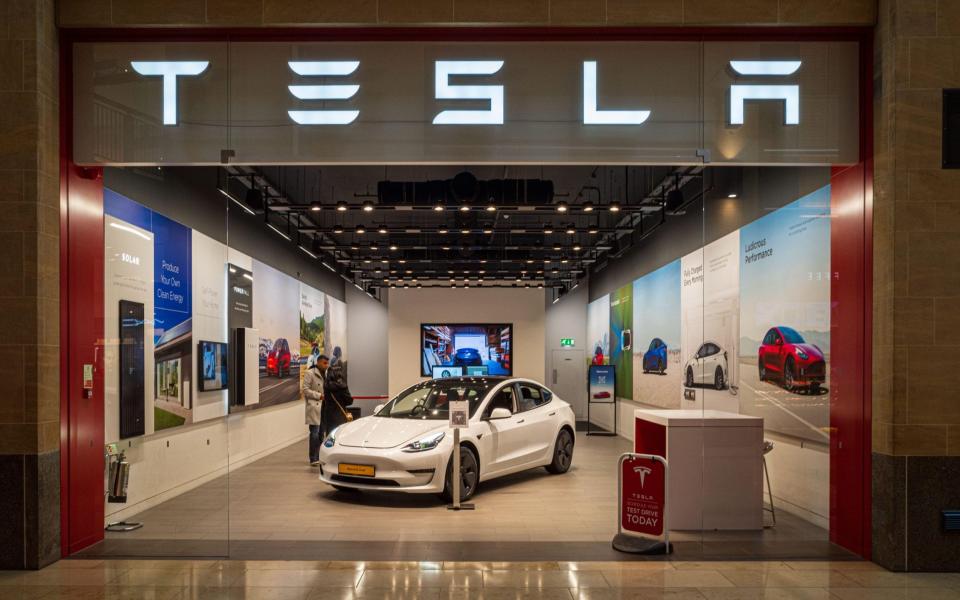
In the Model 3, however, this second display is integrated into the touchscreen, which is a landscape format; driving information including speed is then positioned in the top right-hand corner of the screen.
In both cases, the near-total lack of buttons results in a very minimalist look, and the Model 3 in particular feels very sleek. However, plastics quality isn’t as good as you’ll find in most premium rivals, and in early Model Ss especially there are problems with fit, finish and quality.
Space, however, is impressive, with both cars offering huge amounts of room even taking into account their size. In the rear seats, the flat floor means even the fifth occupant need not feel short-changed by a lack of leg room. And both cars have useful cable storage in the nose of the car, as well as a huge boot – although the Model S’s is accessed via a convenient hatchback, which is much more practical than the Model 3’s saloon boot opening.
Which is which?
There has been a plethora of different versions of each car over the years. We’ll start with the Model S which, by the time it arrived in the UK in 2014, was available in 60 and 85 forms – the numbers corresponding to the size of the battery pack fitted in kWh.
You can tell an all-wheel-drive Model S because it bears a ‘D’ suffix; a ‘P’ prefix denotes a performance version, with beefier motors and a boost in power, so at launch the model range ran 60, 85 and P85, with 302, 362 and 416bhp outputs respectively. Shortly afterwards, all-wheel-drive models were introduced, bringing about the 85D and P85D.
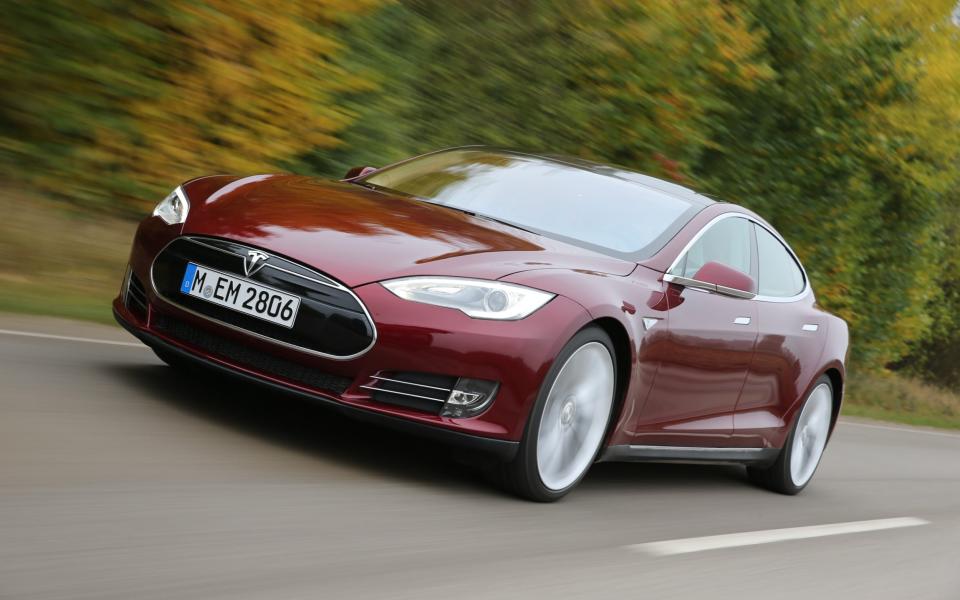
In 2015, the 60 was removed from the range and replaced with the 75, although a 60 model would reappear briefly in 2016, as a ‘software-locked’ version with the larger battery ‘detuned’ to 60kWh; the lock could be removed to exploit the full range of the battery.
Late in 2016, a 100kWh model was added to the range, exclusively as an all-wheel-drive, performance option (and therefore badged P100D), and this gained the now-famed ‘Ludicrous’ mode, which allowed for a sub-three-second 0-62mph time.
In 2019, along with a host of other upgrades known as the ‘Raven’ update, the range nomenclature was changed from numbers to words – the 75 became Standard Range, 85 became Long Range and P100D became Performance.
Then in 2021, a larger facelift brought big changes to the interior, most notably the addition of a yoke-style steering wheel, as well as a three-motor Plaid model that boosted output to a preposterous 1,006bhp, resulting in sub-two-second 0-62mph times and a top speed of 200mph.
The Model 3, meanwhile, arrived in the UK in 2019, with Standard Range (54kWh), Long Range and Performance models (both 75kWh). Toward the end of 2020, these were boosted to 60kWh and 82kWh respectively, for the 2021 model year.
Charging and range
Early Model Ss charge at up to 120kW, which means a 10 to 80 per cent battery top-up on a 75D will take about 40 minutes. After the ‘Raven’ update, maximum charging speeds increased to 200kW, then in 2020 there was a further boost to 225kW.
Standard Range Model 3s, meanwhile, can charge at up to 170kW, while Long Range and Performance versions can take on electricity at a rate of 250kW. That means the 10-to-80 per cent top-up can take as little as 25 minutes on a Standard Range car and 27 minutes on the other two versions (more time despite the faster charging speed, because they have much larger batteries).
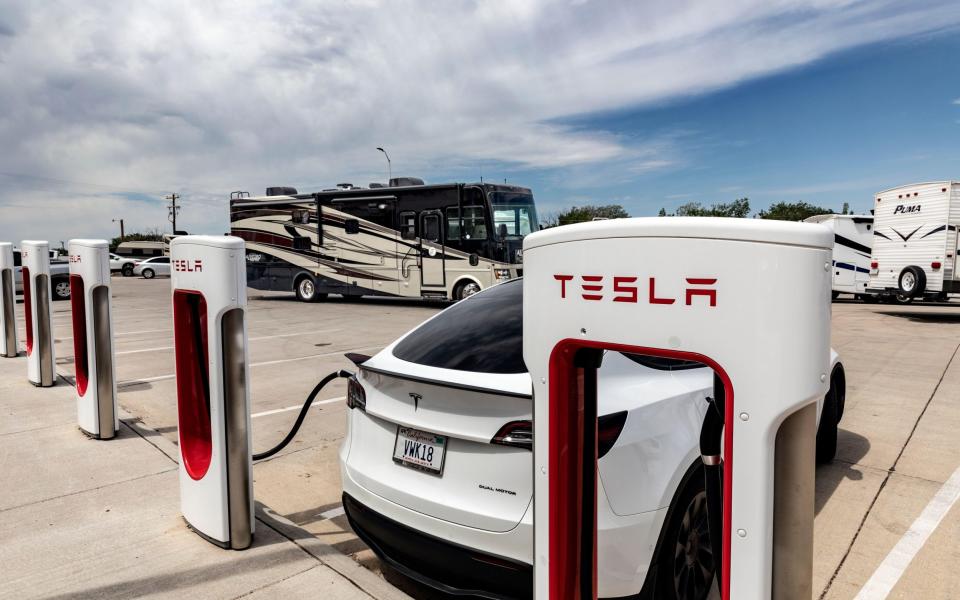
Public charging is easier in a Tesla than in most other electric cars thanks to Tesla’s proprietary Supercharger and destination charging networks, which is one of the reasons for the company’s success.
Superchargers are widespread and plentiful, and only really become oversubscribed at travel-intensive times of the year (as happened around Christmas), and reliability is high, which means long-distance trips in a Tesla are usually very easy.
What’s more, buy a Model S registered before 1 January 2017 and you’ll benefit from free supercharging – a huge boon given how much the price of public charging has risen in recent years.
Model S ranges vary from model to model and year to year, but as a general rule the earliest 60 models could manage 249 miles on a full charge according to official figures when new (or 180-200 miles in the real world, using our unofficial Telegraph rule-of-thumb of 70 to 80 per cent of the official figure); a 2018 75D was rated at 304 miles (approx 215-243 real-world) and the very latest dual-motor version is rated to 403 miles (280-322 real-world).
Meanwhile, the pre-2021 standard-range Model 3s have a rated range of 237 miles (so expect 165-190 miles in the real world), while early Long Range models will do up to 350 miles (approx. 245-280 real-world), early Performance models can do 329 miles (approx. 230-260 real-world).
The 2021 model year battery upgrade saw the range rise to 305 miles on standard-range cars (approx 210-240 miles), 374 miles (260-300 real-world) on Long Range cars and 340 miles (240-270 real-world) on Performance models.
Battery life
How well do Tesla batteries last? Now that the earliest cars are about 10 years old, we’re getting plenty of data. In fact, US fleet data company Geotab recently revealed the results of a survey of 6,300 electric cars that allowed us to draw some conclusions.
The good news is that the Model S showed a battery decline on par with the average and better than those of EVs of a similar age.
This is largely because Tesla’s batteries are liquid cooled, rather than air cooled, which enables better control of the temperature, one of the factors that’s critical for prolonging its life.

So you can expect a battery degradation of 2.3 per cent per year in both the Model S and the Model 3, based on the results of the Geotab survey; in other words, expect the range of a five-year-old Model S to have dropped by about 11-12 per cent compared with when it was new.
To put it another way, even a five-year-old 60 (the lowest-range Model S) should still be capable of 160-180 miles of real-world range. At 10 years, that figure will probably be about 140-160 miles.
What to look out for
Battery life can be affected by the way a car has been charged. For example, frequent DC fast charging (eg at Superchargers) can degrade a battery more quickly than slower charging on an AC charger.
What’s more, cars that are charged to 80 per cent normally (with 100 per cent charging reserved only for when it’s needed on longer journeys) will likely experience better battery life.
The trouble is, it’s very hard to tell how sympathetically any prospective EV has been charged, short of asking the owner; of course, there’s no guarantee of truth here. Still, it’s worth a go.
Obviously, given Tesla’s reputation for less-than-perfect quality, you’ll want to check each car carefully, making sure panel gaps match, interior trims aren’t about to fall off and that everything works as it should.

With Teslas, there can be a huge difference in quality. Even a car that was well made at the factory can turn into one that’s falling to bits if it’s been abused, so avoid high-mileage cars that look like they’ve been bashed about a bit.
Water ingress was, and still is, a notable problem that afflicts some Teslas, particularly in the boot, so check the boot carpet. Look for condensation in the rear lights, too – another frequent quality issue. You’ll also want to listen for suspension knocks, as early cars have bushes that are prone to failure. And check the brakes for corrosion – a common problem on all EVs as they rely on regenerative braking so much, which means the pads and discs don’t get much use.
Early Model S infotainment systems (up to March 2018) suffer from failure of the embedded multimedia chip (eMMC), which is essentially the screen’s memory. When this happens, it causes the entire central touchscreen to fail, which means you lose almost all of the car’s major functions (although if you’re driving when this occurs, you’ll still be able to steer, stop, indicate and so on).
Symptoms of imminent failure include the system rebooting itself, over-the-air updates that fail frequently, software crashes and general performance degradation. Tesla initiated a voluntary recall for this problem, which involves replacing the 8Mb eMMC with a 64Mb item, which will last much longer (and, in theory, far beyond the life of the car). If you buy a car that’s afflicted, it’s worth having the recall carried out.
The Model 3 doesn’t suffer from the same issue, although its central screen has been known to throw up its own problems, with individual pixels dying, as well as crashes and forced reboots providing a less-than-perfect user experience.
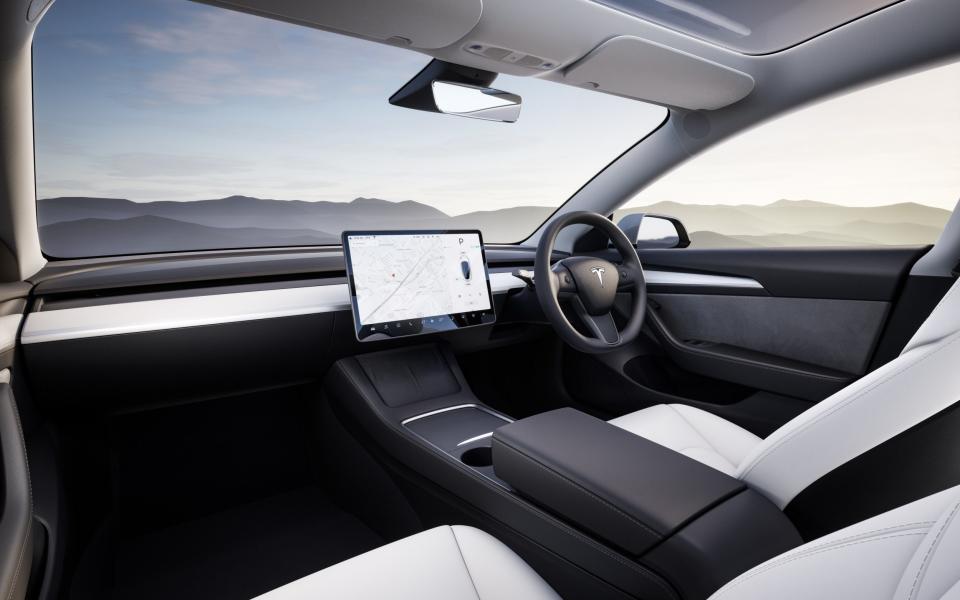
The Model 3 also suffers the same sorts of general quality maladies as the Model S, including water ingress, although Tesla had tightened up its production processes by the time the Model 3 arrived, so these sorts of issues won’t be as common.
Also listen out for creaking from the front end of a Model 3, which is usually down to the upper control arms. If you can, look underneath to check that the smooth, composite panelling underneath hasn’t been torn.
On the plus side, one of the good things about buying a used Tesla is that its software can be updated over the air. This means that, unlike most other used cars, your Tesla will sometimes gain new features while it’s sitting in your driveway, keeping the system up to date even when it’s five or even 10 years old.
The Telegraph verdict
It’s true that an early Model S has the potential to be a bit of a money pit, especially a high-mileage example that hasn’t been well looked after. However, no other battery car offers the same combination of sheer size, practicality and usability for the price.
Having said that, if you don’t mind living without a hatchback, and are happy to take a slight hit in terms of size, the Model 3 looks like a better bet. For the money (indeed, slightly less, at the sub-£25,000 end of the market) you get a much newer car with greater range, a slightly better ride and higher standards of quality.
Whichever you go for, you’ll need to be wary of quality foibles, and keep in mind that you won’t quite be able to go as far on a charge as you would have when the car was new. But on the plus side, a used Tesla will keep itself current like no other used car can, thanks to over-the-air updates.
If you want to try electric motoring on a budget of £25,000, then, a Model S – or particularly, a Model 3 – is well worth a look.
Fast facts
Tesla Model S

Years sold: 2014-present
Range: 249-403 miles (official figures, not taking account of battery degradation)
Price from: £24,000
Performance: top speed 200mph, 0-62mph 1.9sec (Plaid)
Charging speed: 150-225kW
Tesla Model 3

Years sold: 2019-present
Range: 237-374 miles (official figures, not taking account of battery degradation)
Price from: £20,000
Performance: top speed 162mph, 0-62mph 3.1sec (Performance)
Charging speed: 170-250kW

 Yahoo News
Yahoo News 
